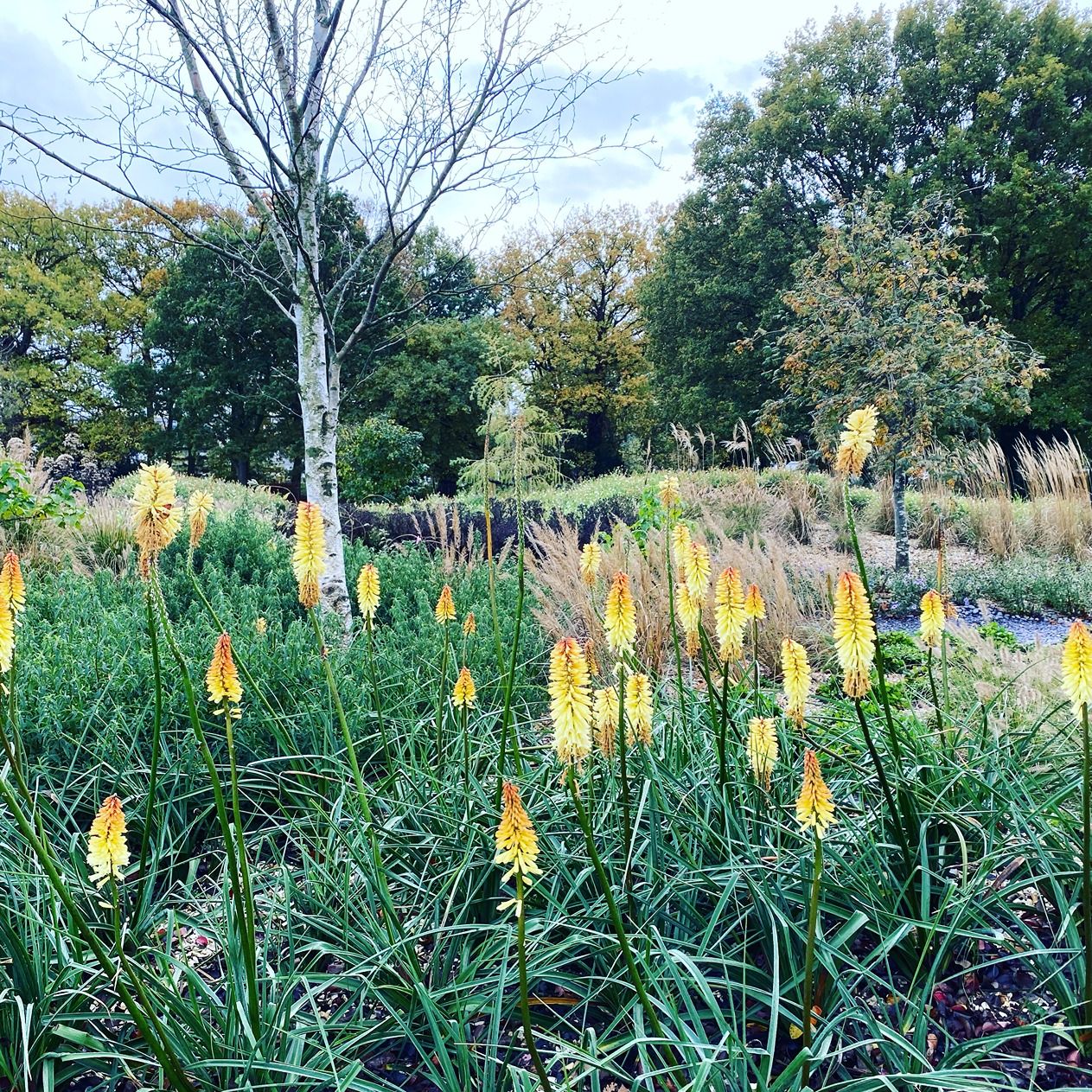Sustainable landscapes – how designers can work

At LCGD we encourage sustainable design approaches in students’ work. There is now substantial and growing evidence for the physical and mental health benefits of spending time in the natural environment, although people, especially children are engaging less with nature. Alongside this the UK has also lost almost half its biodiversity since the 1970s much of which is caused by loss of habitat to commercial farming and construction.
Growing populations and human impact mean that sustainable design has become more important. There is a huge range of research into what we can do but there are some principles we can work too.
Principles for residential landscape design
Principle 1 – Minimise the requirement for energy inputs such as petrol to run mowers and leaf blowers, fertilisers to promote growth, cleaning agents, stains and finishes to keep hard surfaces clean and well-maintained.
Principle 2 – Treat soil as a valuable resource. Soil, like water is a finite resource and so there are choices that we can make to improve our soil, reduce or eliminate runoff and soil erosion in our landscape.
Principle 3 – Minimising water input by treating water as a valuable resource achieving this through plant choices, mulches, water recycling etc.
Principle 4 – Maximise opportunities for biodiversity at all levels. This includes attracting wildlife, maintaining complex ecosystems, companion planting, soil health and encouraging nature and wildlife in particular.
Principle 5 – Maximise vegetative biomass to support carbon stabilization. This should be permanent vegetation, not material that must be constantly pruned or mown heavily, or seasonally replanted.
Principle 6 – Maximise opportunities for food production and other useful materials including composting and on-site green waste recycling.
Principle 7 – Minimise impact on native habitats by minimising the risk of weed-escapees moving into native habitats.
Principle 8 Minimise use of resources that have a negative impact at source. Eliminate the use of materials that disrupt, destroy, pollute or damage natural systems/communities where they are sourced.
Principle 9 Minimise risk of disruption, pollution or interference to other systems.
Principle 10 Create resilient designs that can cope with and respond to climate change.
Source Sustainable Gardening Australia
https://www.sgaonline.org.au/sustainable-garden-design/